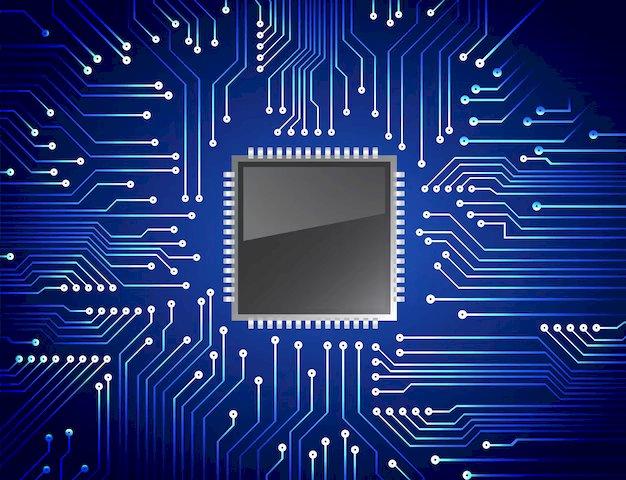Machine Learning vs. Deep Learning: Unraveling the Differences
Explore the differences between Machine Learning and Deep Learning in this in-depth comparison guide. Discover when to use each approach and their unique strengths. Stay informed about the future of AI technology.

Introduction
In the world of artificial intelligence, two terms that frequently appear are "Machine Learning" and "Deep Learning." These technologies have revolutionized various industries and are often used interchangeably. However, they represent distinct approaches to solving problems. In this comprehensive guide, we will delve into Machine Learning (ML) and Deep Learning (DL), highlighting their key differences and the domains where they excel.
Chapter 1: Understanding Machine Learning
Machine Learning is a subset of artificial intelligence that focuses on training computer systems to learn from data and make predictions or decisions without explicit programming. Here are some essential aspects of Machine Learning:
-
Algorithms: ML algorithms are the heart of the system. They process data, identify patterns, and make predictions or decisions based on the input.
-
Feature Engineering: Feature engineering involves selecting and transforming relevant data attributes (features) to improve the model's performance.
-
Applications: ML is used in a wide range of applications, including recommendation systems, natural language processing, fraud detection, and image classification.
Chapter 2: The Types of Machine Learning
There are three primary types of Machine Learning:
-
Supervised Learning: In supervised learning, the algorithm is trained on labeled data, meaning it learns from input-output pairs. It's used for tasks like classification and regression.
-
Unsupervised Learning: Unsupervised learning deals with unlabeled data, aiming to find patterns or groupings within the data. Clustering and dimensionality reduction are common applications.
-
Reinforcement Learning: Reinforcement learning involves an agent that learns to make decisions by interacting with an environment. It's commonly used in robotics and game-playing AI.
Chapter 3: Understanding Deep Learning
Deep Learning, a subset of Machine Learning, is inspired by the structure and function of the human brain. It's characterized by artificial neural networks with multiple layers (deep neural networks). Key aspects of Deep Learning include:
-
Neural Networks: Deep Learning relies on neural networks with multiple hidden layers. These networks are capable of learning complex representations of data.
-
Feature Extraction: Deep Learning models automatically extract relevant features from raw data, eliminating the need for manual feature engineering.
-
Applications: Deep Learning has had remarkable success in areas like image recognition, speech recognition, natural language processing, and autonomous driving.
Chapter 4: Key Differences Between Machine Learning and Deep Learning
Now, let's explore the fundamental differences that set Machine Learning and Deep Learning apart:
-
Data Requirements: Machine Learning can work with relatively smaller datasets, while Deep Learning often requires vast amounts of data to perform effectively.
-
Feature Engineering: Machine Learning typically requires manual feature engineering, whereas Deep Learning automates this process.
-
Computation: Deep Learning models demand significant computational power, making them suitable for tasks where complex patterns need to be learned.
-
Interpretability: Machine Learning models are often more interpretable, making it easier to understand how they make decisions. Deep Learning models are often seen as "black boxes."
Chapter 5: When to Use Machine Learning and Deep Learning
The choice between Machine Learning and Deep Learning depends on the specific problem and data available:
-
Use Machine Learning When:
- You have a limited dataset.
- Feature engineering is a critical part of the problem.
- Model interpretability is essential.
- The problem can be solved with traditional ML algorithms.
-
Use Deep Learning When:
- You have vast amounts of data.
- The problem involves unstructured data like images, audio, or text.
- You need to automatically extract complex features.
- Achieving state-of-the-art performance is crucial.
Chapter 6: The Future of Machine Learning and Deep Learning
Both Machine Learning and Deep Learning continue to evolve rapidly. The future holds exciting possibilities, including:
- Hybrid Models: Combining the strengths of both ML and DL to solve complex problems efficiently.
- Explainable AI: Developing techniques to make Deep Learning models more interpretable.
- Edge AI: Implementing AI directly on devices to reduce latency and enhance privacy.
Conclusion
In the realm of artificial intelligence, Machine Learning and Deep Learning are powerful tools with distinct strengths and applications. Machine Learning excels in scenarios with smaller datasets and a need for interpretability, while Deep Learning shines when working with vast amounts of unstructured data and tackling complex problems. Understanding the differences between these two approaches is essential for selecting the right tool to solve real-world challenges in various industries, from healthcare to finance and beyond. As technology advances, the lines between these two domains may blur, leading to even more exciting opportunities in the field of AI.

 bloggeramar
bloggeramar 































